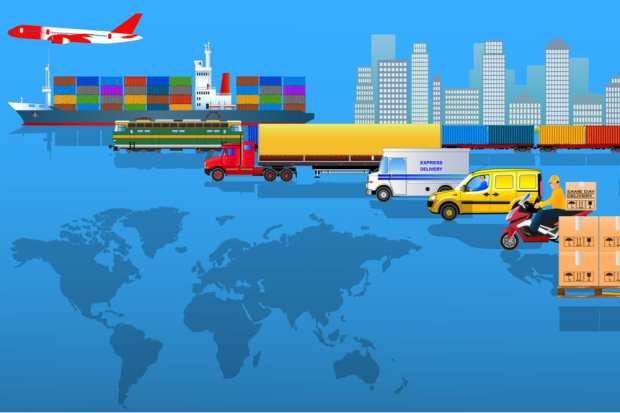Source Intelligence Eyes AI For Supply Chain Compliance

When it comes to regulatory compliance, no corporate is an island.
An organization may have the resources to stay on top of ever-evolving regulations, but increasingly, businesses are being held accountable not only for their own compliance standing, but also that of their business partners down the supply chain. This goes for everything from know your customer (KYC) and anti-money laundering (AML) laws, to other requirements addressing issues like sourcing materials from conflicted regions or using hazardous materials in consumer products.
In supply chain compliance, data is king. Unfortunately, the way data moves about throughout the supply chain can quickly become what Source Intelligence President and Chief Operating Officer Matt Thorn describes as an “avalanche.”
“Getting data from suppliers is a big challenge,” he told PYMNTS in a recent interview. “It’s probably not going to be the data you need — it’s probably going to be some summary documentation. There are very few standards for compliance documentation, so what comes back is a menagerie of documents of all different shapes and sizes and types with different information in them.”
When an organization is managing compliance for the thousands, or even hundreds of thousands of products it creates, that means aggregating waves of unstructured data from members in the supply chain. While that information may all have a similar goal — to convey the current compliance standing of vendors — it is presented in so many different ways that supply chain and compliance officials can struggle to gain a clear picture of what’s being said. Is this vendor compliant? Is there an exception? Are they exempt?
Traditionally, professionals have to collect these documents, sift through that information manually and try to interpret what’s going on.
Even more frustrating, all of that work can sometimes be for naught.
“You get all of the information back, sift through it, figure out what it means — and by that time, the regulation is changing again,” said Thorn.
Machine Learning Steps In
Artificial intelligence and machine learning could have particularly big impacts in this friction point, according to Thorn.
He presented the example of Amazon’s Alexa to demonstrate the potential of AI in this field. Alexa users all have different accents and different ways of saying things; what machine learning has done is enable a product like Alexa to “learn” that although phrases and commands may be conveyed in different ways, they’re all essentially saying the same thing.
The various document formats and layouts that businesses use to provide their compliance information are like the various accents and phrases individual people use to speak. AI can step in to automate the process of sifting through all of that information to present it in a streamlined, standardized way, not only for the organization, but for its business partners and regulators themselves.
Supply Chain Disruptions
The financial implications go far beyond the risk of regulatory fines.
While it’s not necessarily the norm, Thorn said he has experienced corporates canceling orders or delaying payments to their vendors if they are unable to obtain the compliance data they need from those business partners.
“There are some big players in the industry that are very diligent about compliance and really enforce compliance requirements strongly,” he explained. “They’ll use the cancelation of payments or orders — or both — in order to enforce the information they need.”
Often, however, organizations will be working with a supplier that is significantly larger than themselves, leading to another challenge when that vendor is not prioritizing sending this information to their smaller customer.
Regardless of which side of the B2B transaction holds the leverage, when complete, clear information isn’t sent, supply chain disruptions are the result.
Considering the sheer volume of information necessary to assess compliance, and considering the accelerating pace of regulatory changes, not only should organizations explore technology to streamline that data collection and analysis, as Thorn explained, they should also consider the broader implications of continuing to rely on manual collection and analytics strategies.
Just as no company is an island, any disruption won’t be isolated to a single firm — but will almost certainly resonate down, and up, the supply chain.
